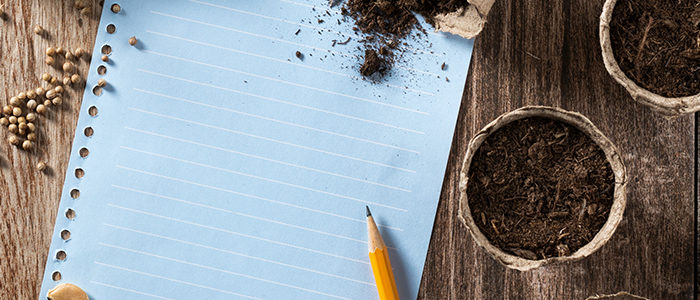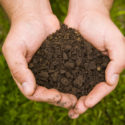Enjoying a great looking garden this summer requires that you either start your own seeds in late winter/early spring or purchase transplants from a garden retailer.
Growing your own is a great way to save money, ensure that you are planting the most desirable varieties of veggies and flowers. And it is a lot of fun!
Successful seed starting combines quality materials and good timing. Sow each variety of plant according to its needs. Most often there is an indication of recommended sowing times on the packet. Sowing seeds too early will result in ‘leggy’ plants longing for the outdoors [as will growing under too little light].
Sowing seeds indoors too late can result in small plants that may not reach maturity during your growing season.
For the best success rate in starting seeds, use high quality seeds, clean seeding trays and a quality seed-start germination mix. Use a light weight potting mix, like Pro Mix [it is all that I use], to promote optimum seedling growth. Seed starting mixes are formulated to maximize water retention while they drain well.
One of the fastest growing trends in the garden is that of growing your own vegetables. Many of your favourite vegetables grow best from seed that is sown directly into the soil come spring. A short list of veggies that will grow from seed sown directly into the soil include: peas, beans, corn, squash, pumpkins, beets, radishes onions and carrots.
With the increased demand for locally grown food, urban gardeners are growing more of their own vegetables and fruits. March is the month to start sowing many vegetables from seed. The list includes mustard greens, peas, cabbage, onions and spinach for most parts of Canada.
Seed racks in the stores are filled with a great selection this time of year. I recommend that you look them over now and make your selection while the selection of seeds is at its best.
A sunny window (south or west facing) can provide sufficient light. Or you may opt for supplemental grow lights, set about 12 cm above the surface of the soil. As the seedlings mature move the lights up, keeping them about 12 cm from the top most leaves all of the time.
If you are using a florescent light fixture to grow your seeds under, keep in mind that the light is strongest in the middle of the bulb. So, move your trays of seedlings around every few days to share the highest intensity between them.
Plastic-domed mini greenhouses have a humidity dome to help seal in moisture and encourage germination. If you see any of your new seedlings beginning to wilt it most likely is one of two things: over watering or damping off. Either way, after seed germination cut back on the watering, allowing the surface of the soil to dry slightly between watering and either prop up the greenhouse top or remove it altogether. If young seedlings collapse at the main stem at the surface of the soil, this is caused by a fungus and commonly called ‘damping off’. To prevent further damage cut back on watering and spray with a sulfur solution.
Improving the air circulation around the plants can help a great deal with mildew problems. A small oscillating fan can work wonders in this regard.
Late winter and early spring is a great time to select your seeds and start some of the ‘early’ varieties, for a great crop this year.



